Tips for Using Mythology in Your OC Stories
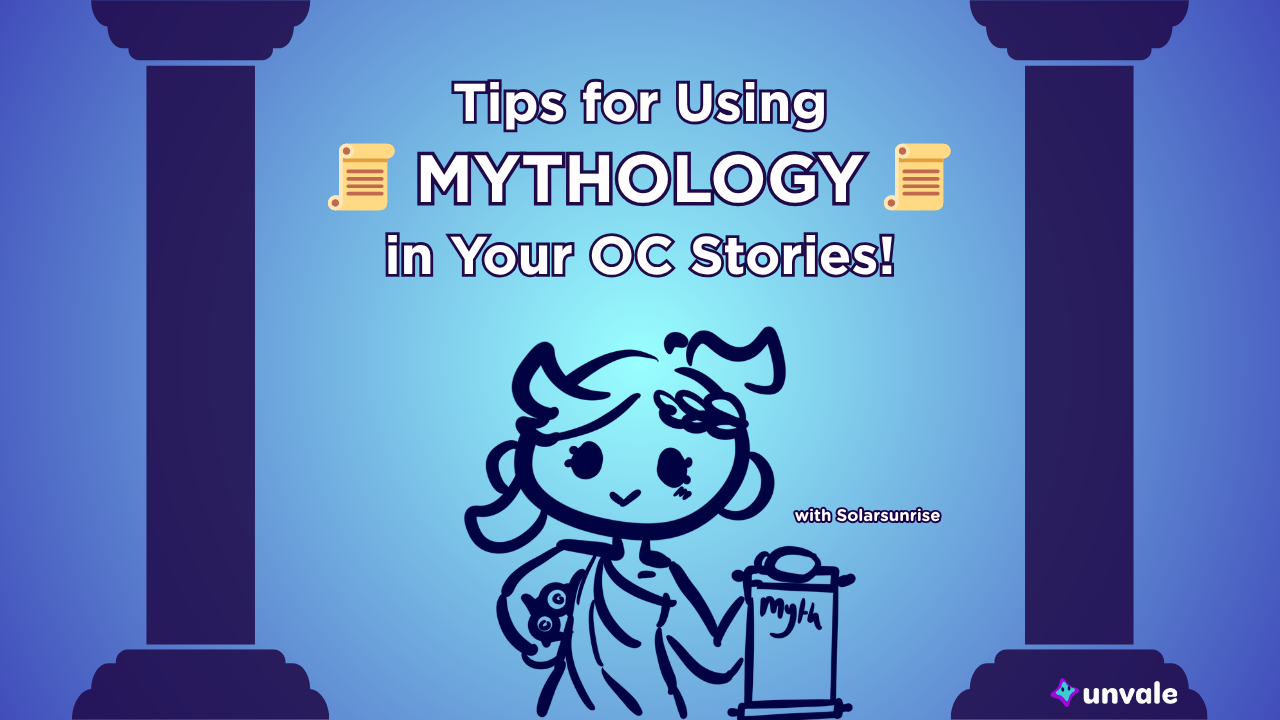
Mythology! If you’ve got certain nerdy interests, your mind is probably going to Greek Mythology; an age of gods and monsters, used in popular novels, movies, and even musicals. However, this article aims to expand your idea of what mythology really is, and how you can use it. So, starting off, what is a myth? Myths are cultural stories explaining past history, supernatural phenomena, or cultural practices, such as why certain holidays are celebrated. An example of modern mythology would be the American Wild West; while it’s been deconstructed in recent years as reconciliation efforts are being made with the native people of the land, the Wild West has long been romanticized and become myth.
Every culture in the world has myths, from the ancient and expansive history of Egypt and China, to the American cryptids such as the Flatwoods monster and the Mothman (as I mentioned in my last article), mythologies shape and contextualize our understanding of the world and how it works. Now, let’s dive into how we can use myths in our original works!
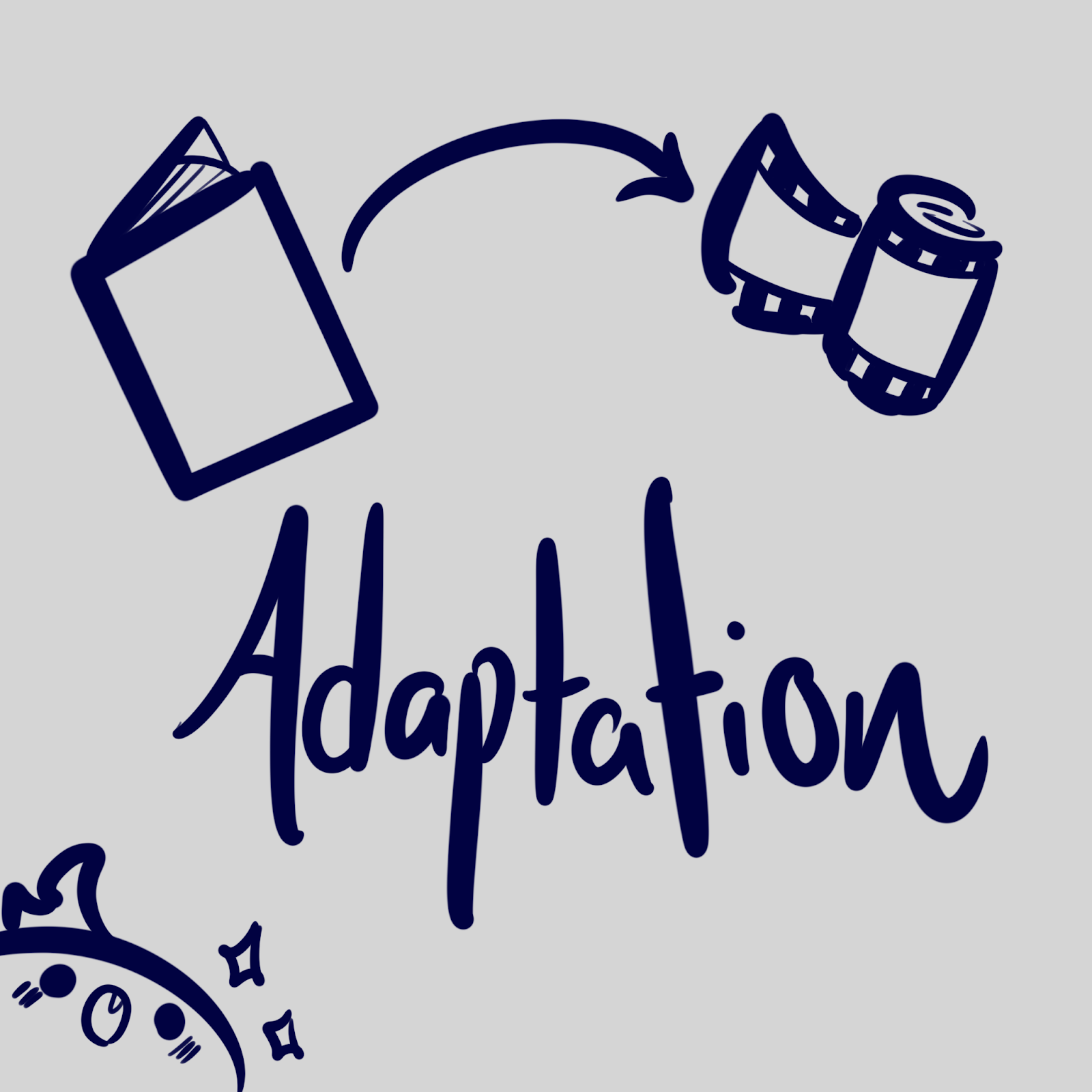
Adaptations
An adaptation of something is changing the medium or context of the work. Have you heard of the manga Dragon Ball? What about LEGO Monkie Kid? Okay, now, how about Journey to the West? Okay that was a trick question; if you know the first two, then you’ve experienced an adaptation of Journey to the West. Actually, if you’ve watched anime or read manga, or watched anything inspired by Japanese or Chinese media you likely have encountered something that references the famous work of fiction; check this list on Wikipedia and see if you have.
In short, you can create a new work by simply re-imagining a myth or story in a new place or time. As I mentioned in my last article, public domain fiction is available for use without copyright and thus can be freely adapted into a new form.
A story or myth that originally has a certain moral or purpose can be modernized and updated for the modern audience. As an example, the well-known story of Hades and Persephone is often updated as a consensual romance between two equals to make the story more comfortable and enjoyable for the audience. A modern adaptation might look like a young woman meeting and falling for an older, wealthy CEO and moving to his city; maybe you can think of at least two stories like this.
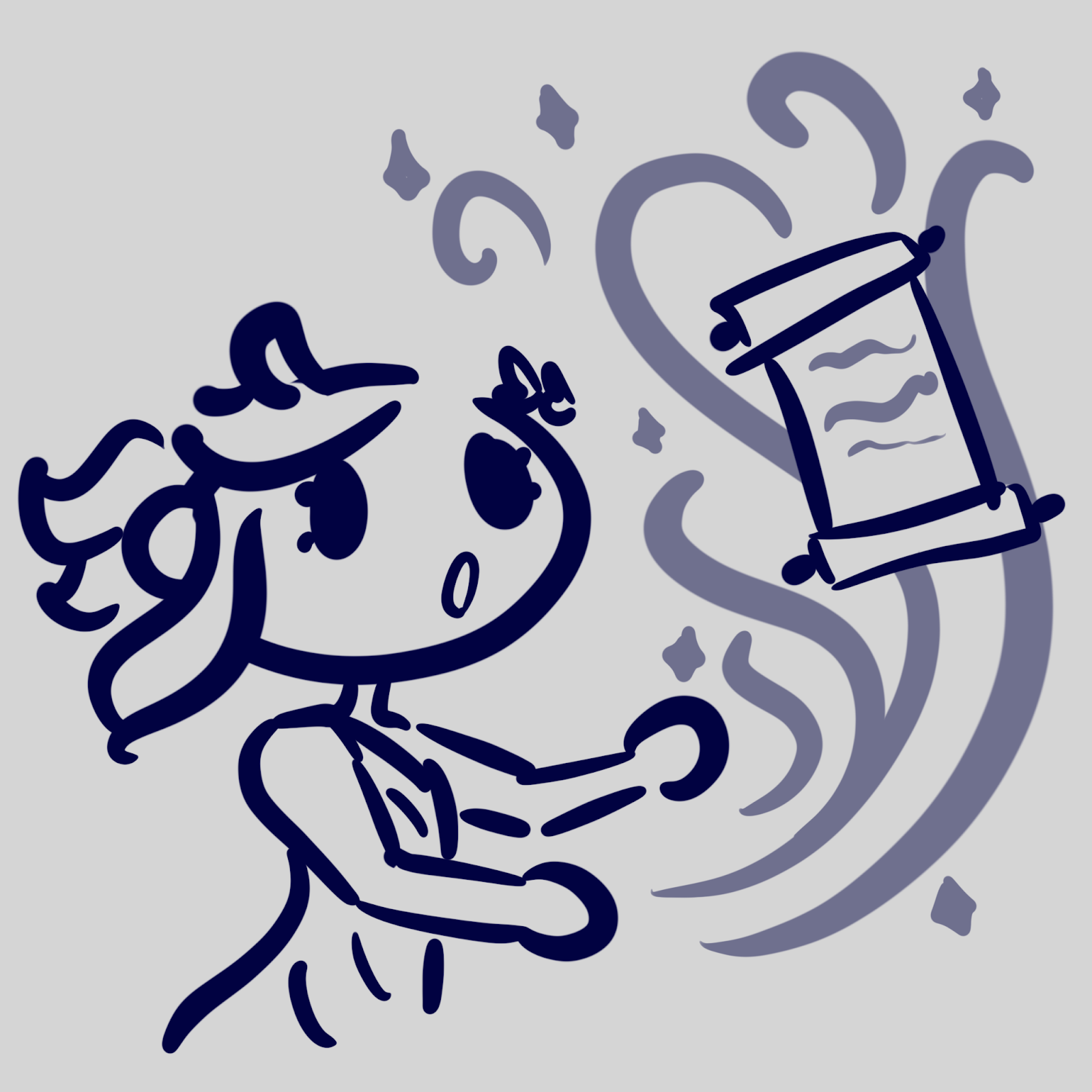
Weaving Real Myths Into your Story
To start this section, I need to get serious for a moment. As stated in the Unvale community guidelines, certain cultural creatures or figures aren’t allowed here on Unvale. I mentioned the word ‘reconciliation’ in the intro in the context of North America’s indigenous/native peoples, and that’s part of why that rule is in place. In Navajo culture, sk*nwalkers are not to be discussed with outsiders, and in Algonquin culture, mentioning or depicting w*ndigos is taboo. These are living, existing cultures and their practices and desires for their cultures not to be used lightly are recognized and respected by us here at Unvale.
Okay, let’s get back to being unserious now.
So, you want to use mythology in your stories? I mean sure, just a reference or two can spice up your work but as Greek Mythology fans know, if you wanna get the best results you gotta go deep. Research might seem boring at first, but what you’re really doing is going down a rabbit hole of stories, history and culture. Myths are deeply woven into culture, and even if that culture is no longer what it used to be, the descendants of that original culture still exist and live on the land used by their ancestors.
Frankly, I think this is wonderful and part of what makes myths so intriguing. But something to consider about cultural myths is that there are certain myths that we as creators shouldn’t touch. Knowing what and what not to use in our own work is key to making a good impression on our audience, after all; which is why research becomes necessary the more you include myth in your work. For instance, using those myths to spice up our own work can become a slippery slope into speaking for other cultures that aren’t our own, and certain ‘myths’ are regularly misused or misunderstood and separated from original religious and/or cultural practices.
So what to do? Don’t be nervous, as I said above, simply research! The more you learn about the culture whose myths you’d like to use, the more you’ll know what to use and what to leave alone. Speak to people from those cultures, and read what you can. If you find you can’t use a certain concept, creating your own unique creature or myth that has all the parts you want might work instead.
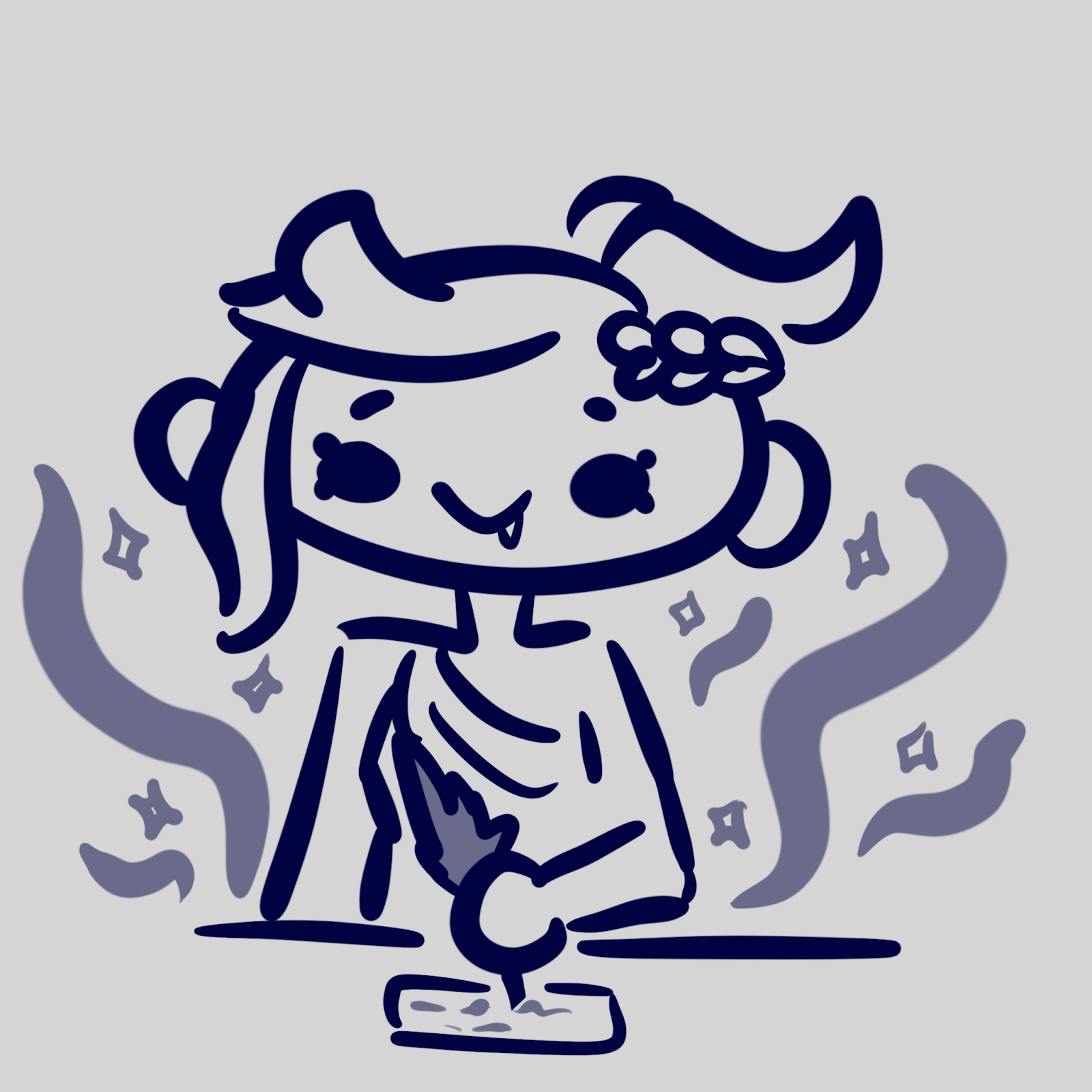
Creating Myth Within your Original Story
No matter what setting you’re using, mythology can be used to deepen your world and make it feel more alive. Here’s why you should add myths to your original worlds:
- It adds a potential plot point you can use, whether the myth is real or not; the pursuit of the myth itself can be a character motivation.
- It adds history to your world, giving more agency to the people around your main protagonists through the creation and perpetuation of myths.
- It adds culture to your world, through contextualizing certain social behaviours or even entire words and phrases.
- It can act as foreshadowing to a monster, creature, location or person.
- It can add legitimacy to a powerful or well-known figure through stories about their deeds or actions.
So you want to add myths to your world; now what? Of course, you can use real myths to inspire your creations like I mentioned above, but I want to help you create your own myths. So how do we go about that?
The simplest method is simply to create a truth, and then exaggerate it. If you have a few friends willing to help you out, try this: start by writing down a story, and then tell it to your friend. Then, at the end of the day, ask them to tell another friend the same story from memory and let them exaggerate certain bits they find cool. Do this a few times, and viola! You’ve simulated how myths are formed.
Of course, if you need a myth to function as a story tool, think about what you need it to do first. Do you need a character to think something about another that isn’t necessarily true? Do you need a character to be able to solve a puzzle through the myth? The myth you create has to have the parts in it that you as the author need.
But if you’re like me and like to create worlds for fun, mythology can be a great way to colour in the world. The tale of a festival that your characters visit to relax, the reason why villagers don’t leave their homes after dark, even why cats are revered and kept in a library; myths can be simple parts of daily life in your world and add a sense of wonder and joy.
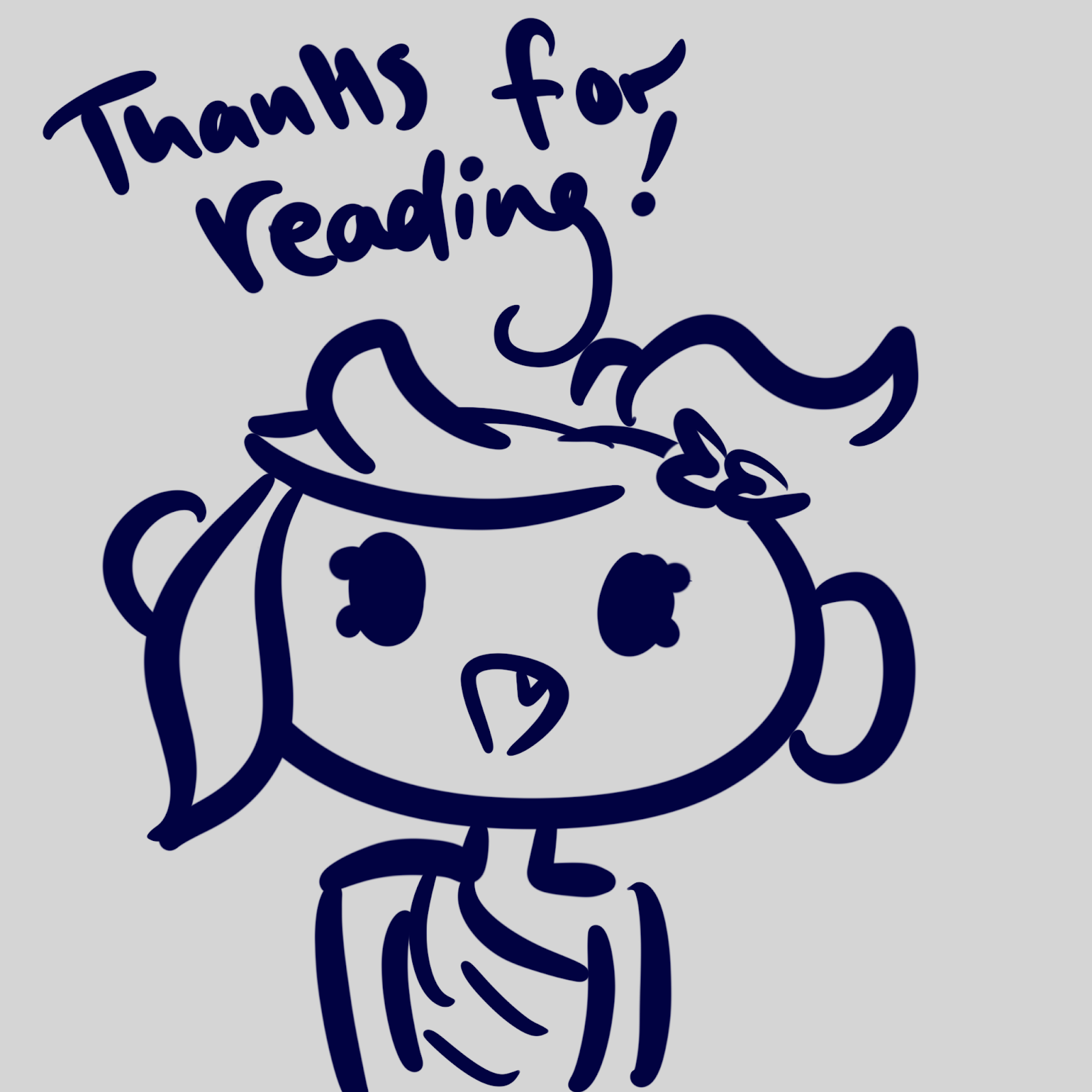
Let’s end things off with some mythological OCs!
- Angelique, a Life Angel and the protagonist of KrystalSakura’s novel, Ode to Aurora. This user has other angel and demon characters to check out too!
- Silas ‘The Abyssal’, an outer god of the void and empty expanse of space and night. She and her mythology have been lovingly crafted by user IMrSandman.
- Ode, a spriggan of Cornish mythology created by user Rosequartzish. Raised by humans, they’re slowly discovering their family roots.
One last thing! In the past, I’ve linked certain hashtags to show off your original characters and stories from certain genres, but now that the Unvale team has unveiled posts, I think there’s an opportunity to show off your creations through a single hashtag… #UVblog. This time if any of my wonderful blog-readers have a mythological based character, world or art piece, or their own original mythology, show it off in a post and add the hashtag! And if you’ve got any stuff you want to show off based on past blog posts too, please do!

